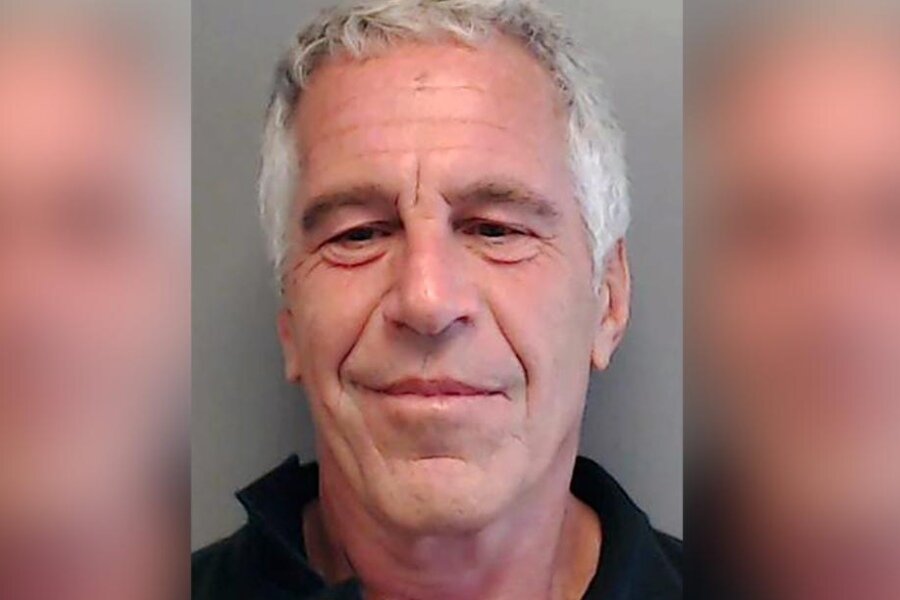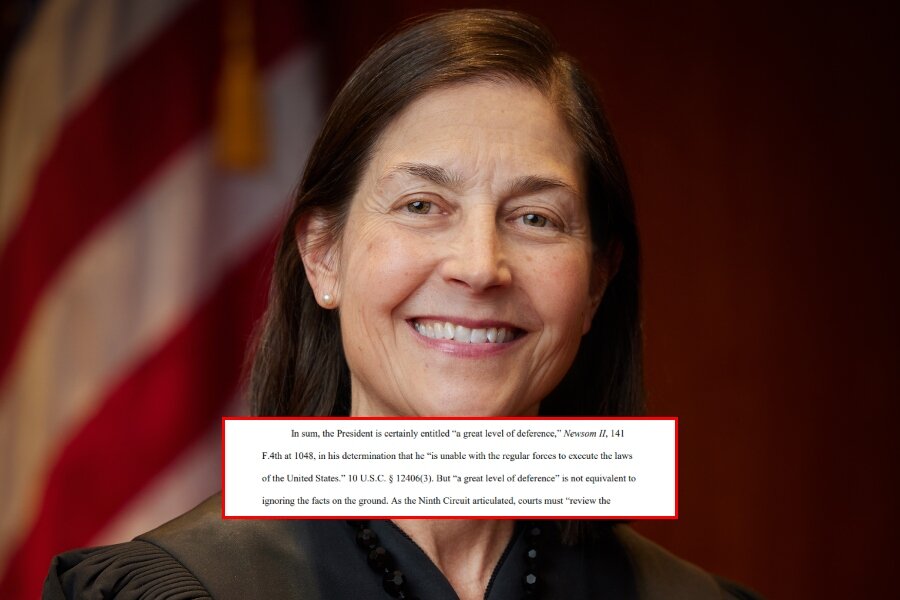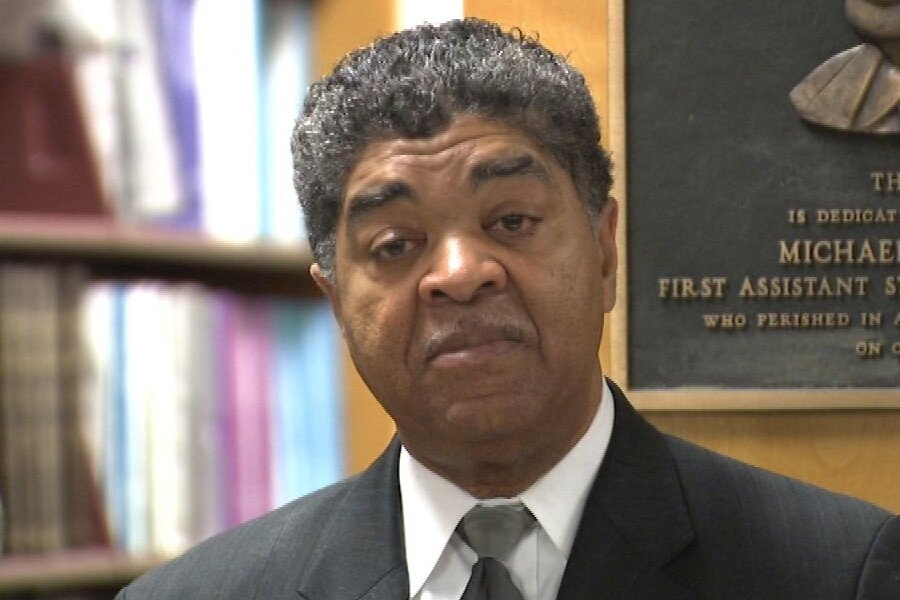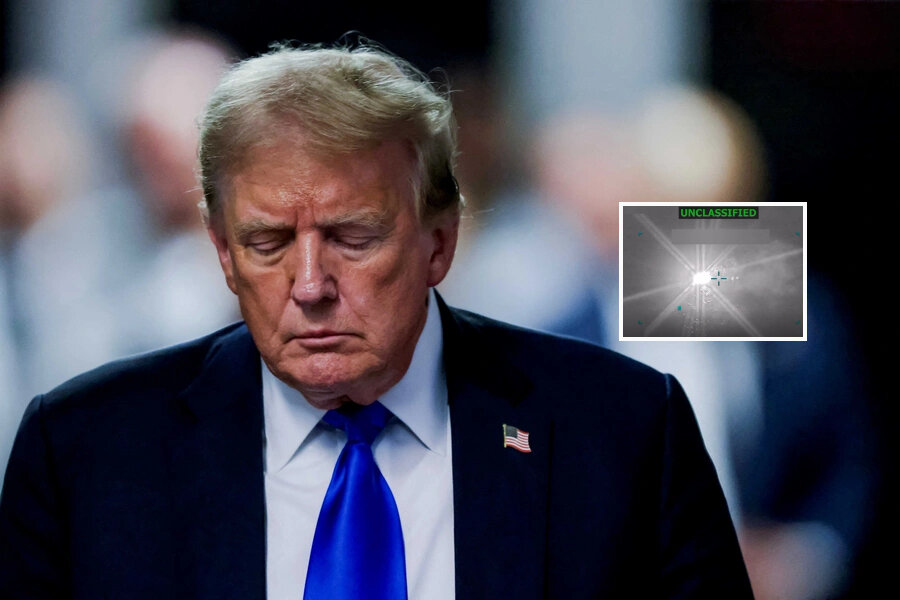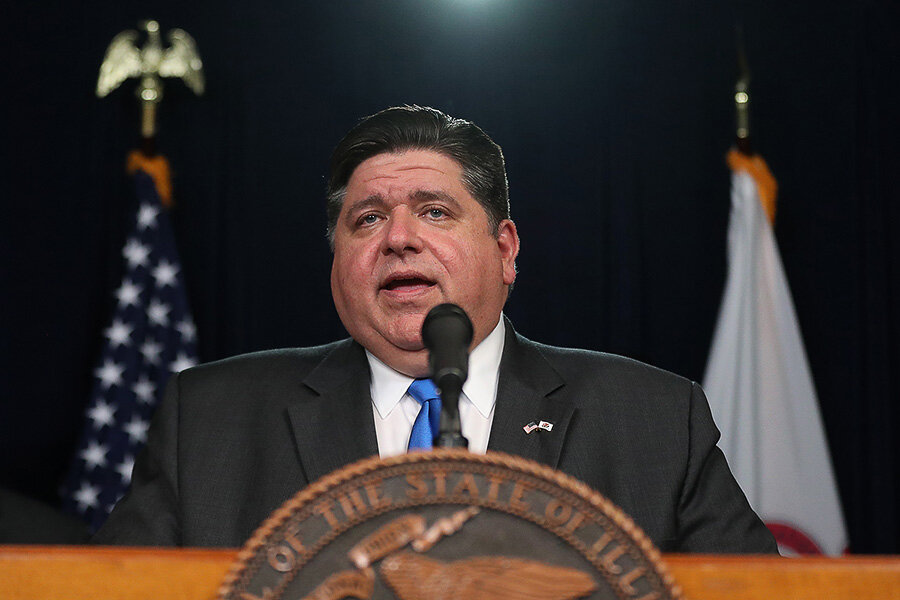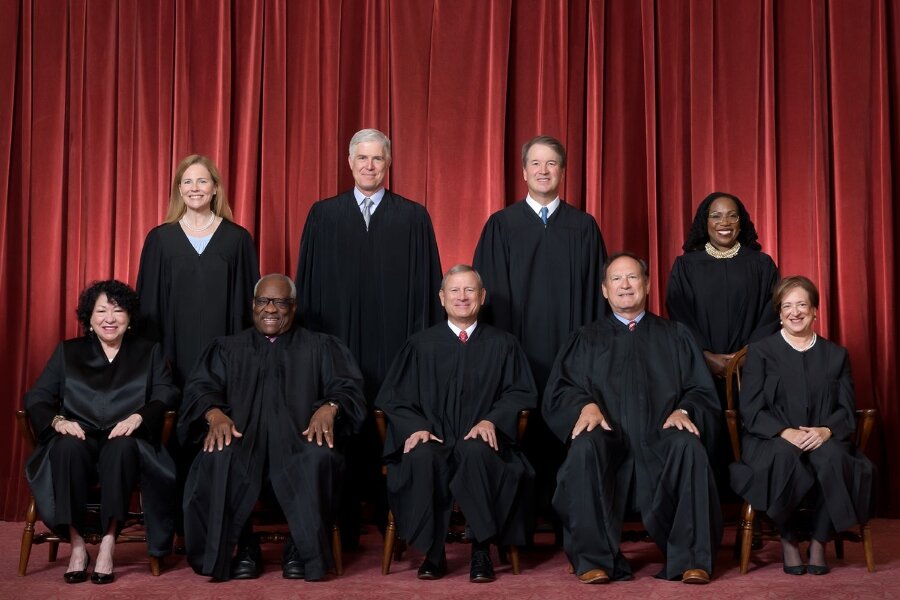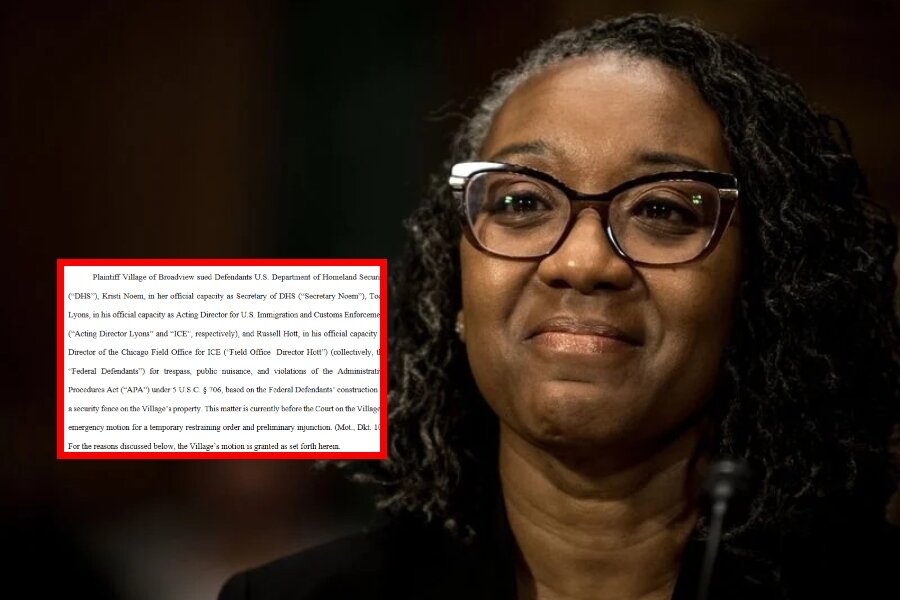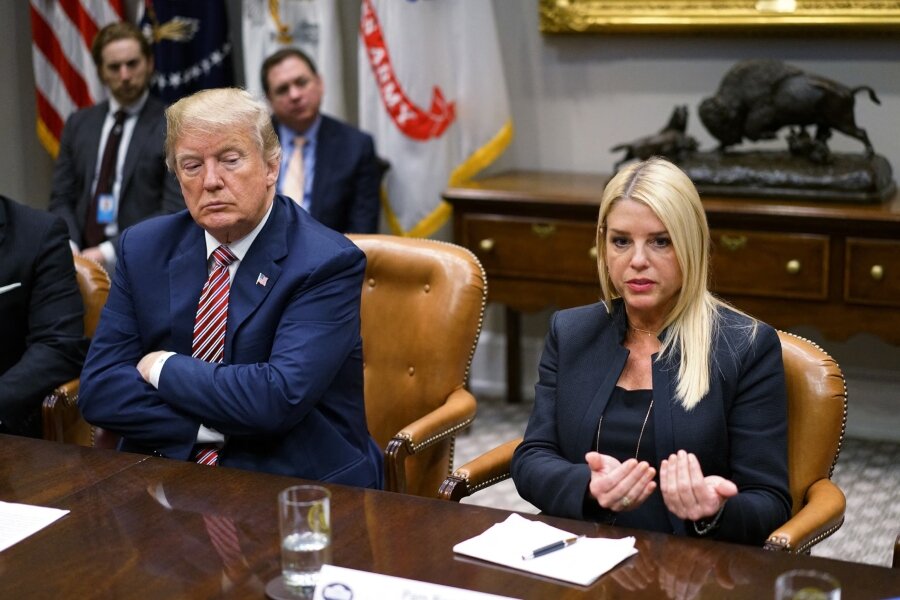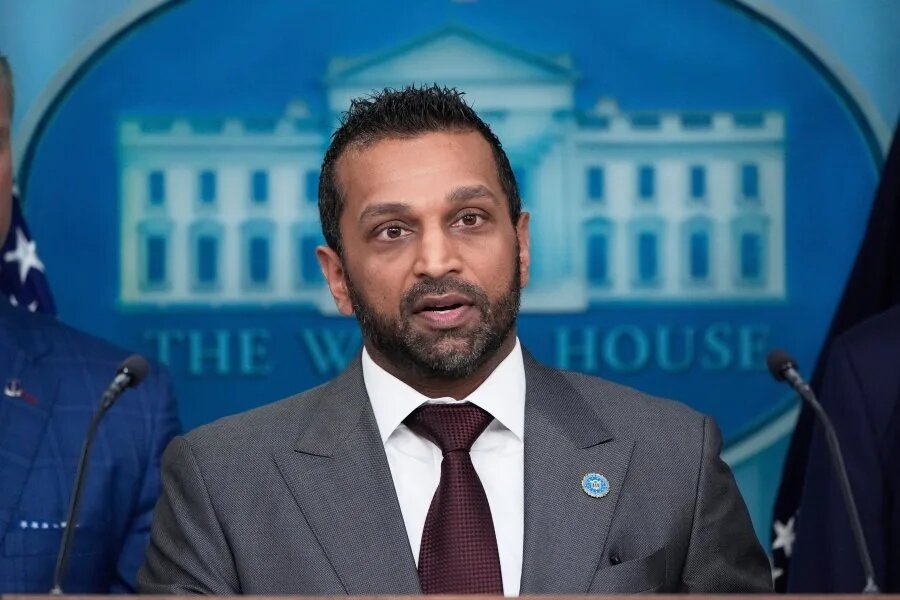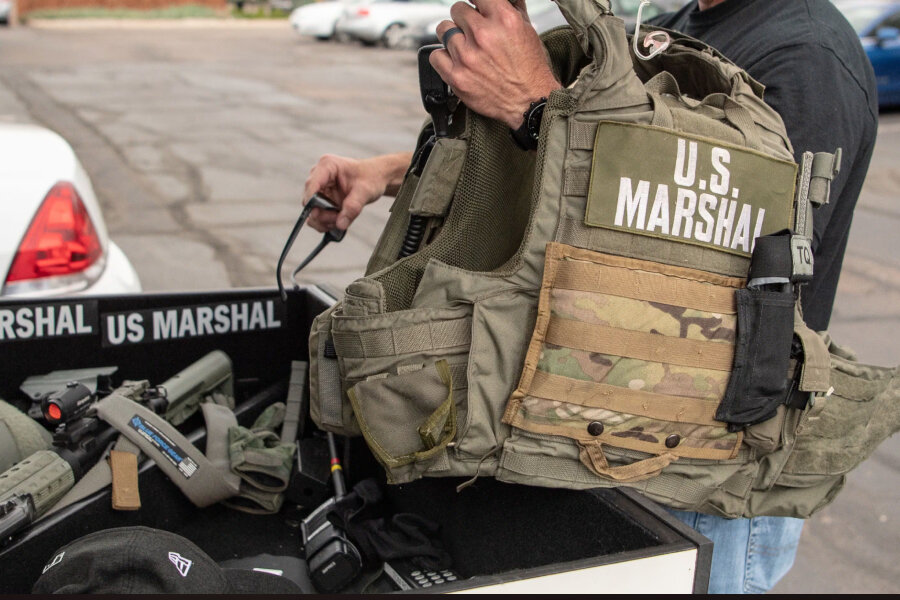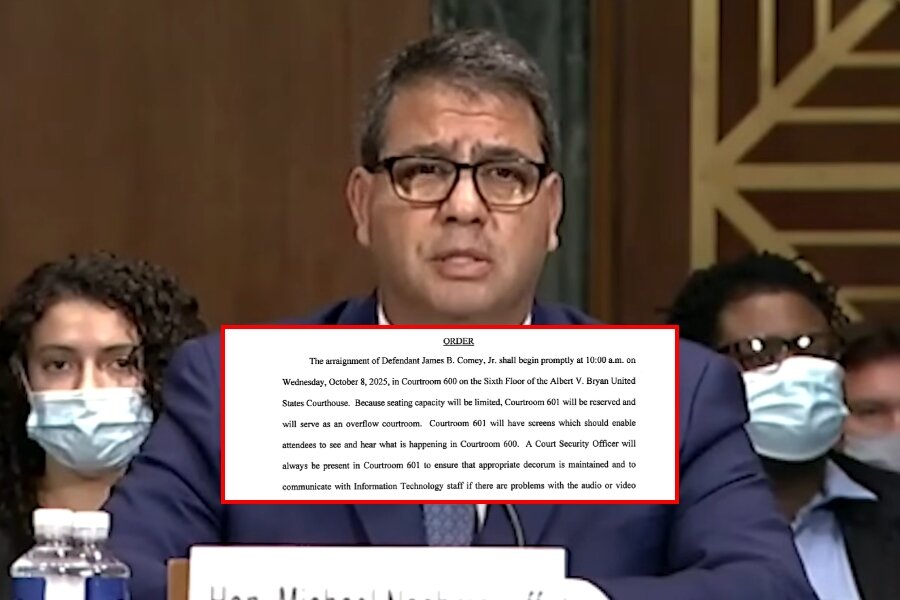During a recent interview with journalist Megyn Kelly, Mark Epstein, the brother of convicted sex offender Jeffrey Epstein, cast doubt on the official story that Jeffrey died by suicide.
Mark Epstein talked about evidence that had never been seen before and pointed out inconsistencies in the details of his brother’s death, indicating the possibility that it was a homicide.
Mark Epstein started by recalling how he initially thought his brother’s death was a suicide when he first saw it on TV. However, his view shifted after the autopsy was done.
Worried about the investigation’s precision, Mark Epstein hired Dr. Michael Baden, a respected forensic pathologist, to observe the autopsy.
To Mark’s amazement, both Dr. Baden and the city’s pathologist, Dr. Kristin Roman, agreed that the injuries Jeffrey Epstein suffered weren’t typical of a hanging suicide. They highlighted that Jeffrey Epstein had three fractured neck bones, a rarity in hanging suicides.
“Just as a precaution, I had hired Dr. Michael Boden to witness the autopsy, which I have the right to do. And the city pathologist, Dr. Roman and Dr. Baden, came out of the autopsy saying that they could not call this a suicide because it looked too much like a homicide,” said Mark.
“It makes it clear that there’s nobody who has more experience with prison deaths than Dr. Baden. And he said he’s never seen these results, like three broken bones in Jeffrey’s neck, from a suicidal hanging like this. So, then the questions arise: if he didn’t commit suicide, then he was killed; and then, who killed him? How was it done? So, these questions started coming up.”
The discussion shifted to Attorney General William Barr’s public remarks on the case. Mark Epstein criticized Barr’s claim that he personally watched the video footage from the camera outside the tier where Jeffrey’s cell was located.
Barr asserted that nobody entered or left the tier, which made him believe it was a suicide. Mark Epstein doubted this claim, questioning Barr’s ability to personally review hours of footage and suggest that it might be an effort to cover up the truth.
“When I heard him make that statement, I thought, “He’s either the dumbest guy on the planet or he’s covering something up.” Because for two reasons: one, to presume that somebody could get to that door, go in undetected, kill somebody, and go out and leave undetected is ridiculous because there are six levels of security before you get to that tier. This was the maximum security place in the prison.”
“So, that didn’t make any sense. And then, when he said he personally saw the videotape, watched the videotape, I thought, ‘But this is the Attorney General of the United States. Could I see him sitting by a monitor, watching a night’s worth of videotape to see that nobody went in or out? Couldn’t he have people in his office watch the videotape and just say nobody went in or out?’ So, when I heard that he personally watched the videotape and he concluded that it was a suicide because nobody went in or out, I said, ‘This is bullsh-t.'”
Mark went on to mention that he had heard about cell doors being left unlocked, potentially granting other inmates access to Jeffrey’s cell. He also expressed frustration with his efforts to gather information about the other inmates on the tier, including their duration of stay and current whereabouts.
“There were, I think, eleven other prisoners on that tier, in the cells that could have killed him, because I heard early on in my investigations. I heard through somebody from a kind of reliable source that cell doors were left unlocked. So, if cell doors were left unlocked—I don’t know how many or which ones—but somebody could have gone out, killed him, went back into his cell, and that’s how it was done. So, I’ve been trying to find out who were the eleven prisoners on that ward because, if Jeff was killed, it had to be by one of them.”
When questioned about his efforts to get answers from the government, Mark Epstein detailed that he and other media organizations had filed information requests regarding the case. Nevertheless, they encountered minimal cooperation. He noted the presence of operational surveillance footage from outside the tier but expressed frustration over the inability to access it.
“We can’t get the footage that’s been asked a number of times of when they took Jeff off of that tier, when they took his body off of that tier and brought him to the infirmary. Where’s the footage from that period of time?”
Furthermore, he stated that during a meeting with Justice Department officials, he received a generic response that the death had been ruled a suicide after a thorough investigation, despite the many remaining unanswered questions.
According to Mark, emergency responders and hospital staff involved in the case were never questioned by authorities, which he found highly unusual given their roles in high-profile incidents.
In the interview, Mark Epstein cast doubt on the official story by questioning the position of Jeffrey’s body when discovered. According to the Justice Department’s report, Jeffrey was described as hanging in a seated position with his legs stretched out in front of him, hovering an inch or so above the ground.
During the interview, Megyn Kelly unveiled an autopsy photo that had never been seen before, displaying a mark on Jeffrey Epstein’s neck. Mark Epstein noted that the position and depth of the mark didn’t align with the type of ligature mark one would anticipate if Jeffrey had indeed hanged himself as described in official reports.
Mark highlighted that the ligature mark seemed to be located in the middle of the neck rather than higher up under the chin, as one would anticipate in a hanging.
WATCH THE FULL INTERVIEW, WHICH INCLUDES AUTOPSY PICTURES:
Share your thoughts by scrolling down to leave a comment.

